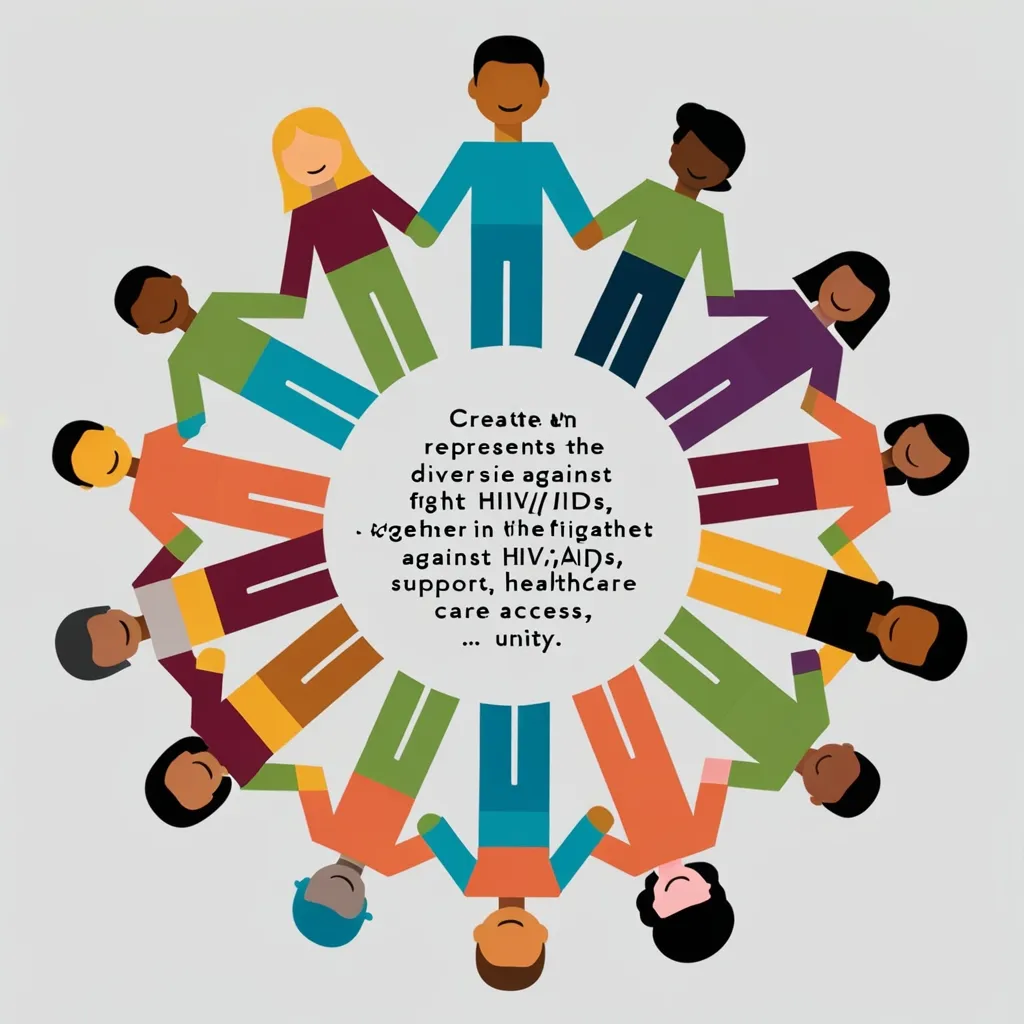When it comes to fighting AIDS, the strategy often revolves around targeting specific groups that are disproportionately affected. HIV can impact anyone, but certain communities are at a higher risk due to various reasons.
In the U.S., gay, bisexual, and other men who have sex with men are among the most affected by HIV. Recent data shows that this group makes up a significant portion of new HIV diagnoses. Within this population, Black, Latino, and American Indian/Alaska Native men are particularly at risk. This isn’t just about numbers; it speaks to deeper societal issues like access to healthcare, stigma, and discrimination.
Racial and ethnic disparities are glaring when it comes to HIV. For instance, Black women face higher rates of HIV infection compared to other racial and ethnic groups. The same pattern is seen in Hispanic/Latino communities. These differences often tie back to socioeconomic factors, limited access to healthcare, and cultural barriers that hinder prevention and treatment efforts.
Transgender women who have sex with men also face a high risk for HIV. They deal with unique challenges such as stigma, discrimination, and limited access to healthcare services tailored to their needs. People who inject drugs are another significant group at risk, as sharing needles can spread the virus.
The risk of HIV isn’t just about individual behaviors but also the communities people live in. If many people in a community have HIV, the chance of exposure is higher. That’s why community-level interventions are crucial. Public health campaigns often use data to identify areas with high HIV prevalence and tailor their efforts accordingly.
Globally, efforts to combat HIV are guided by targets set for 2025, aiming to end the AIDS epidemic by 2030. These targets emphasize removing barriers to service delivery and integrating HIV services with other health services. The focus is on addressing inequalities that increase the spread of HIV and ensuring that high-risk individuals get the necessary support.
Research is vital in this fight. The National Institutes of Health (NIH) has clear research priorities for HIV/AIDS, including reducing HIV incidence, developing next-gen therapies, and working toward a cure. These priorities also cover HIV-associated complications and advancing research in basic sciences, behavioral and social sciences, and epidemiology.
Public health messaging is essential to reach high-risk groups effectively. Research suggests that audience segmentation by their actual and perceived risk can be productive. For example, some people may assess their risk accurately and take precautions, while others might overestimate or underestimate their risk. Tailoring messages to these different risk perceptions can help maximize the impact. Those who assess their risk accurately can be used as promoters to reach others, while those who overestimate their risk might need more education to correct misconceptions.
The National HIV/AIDS Strategy for 2022-2025 emphasizes the importance of addressing social determinants like housing instability, poverty, and healthcare access. These factors significantly influence HIV risk and outcomes. By focusing on these determinants, public health efforts can be more effective in reducing disparities and ending the HIV epidemic.
Another critical strategy is integrating HIV services with other health services. This approach ensures comprehensive care for people living with HIV, addressing their overall health needs, not just their HIV status. For example, linking HIV services with mental health, substance abuse treatment, and social support can help individuals manage their condition better and reduce transmission risk.
The fight against AIDS is intricate and requires a focused approach targeting specific groups and their unique challenges. By understanding risk factors, tailoring public health messages, and integrating services, significant strides can be made toward ending the HIV epidemic. It takes collective effort involving research, policy, and community engagement to ensure that everyone, regardless of their background or risk status, has access to the necessary care and support.






